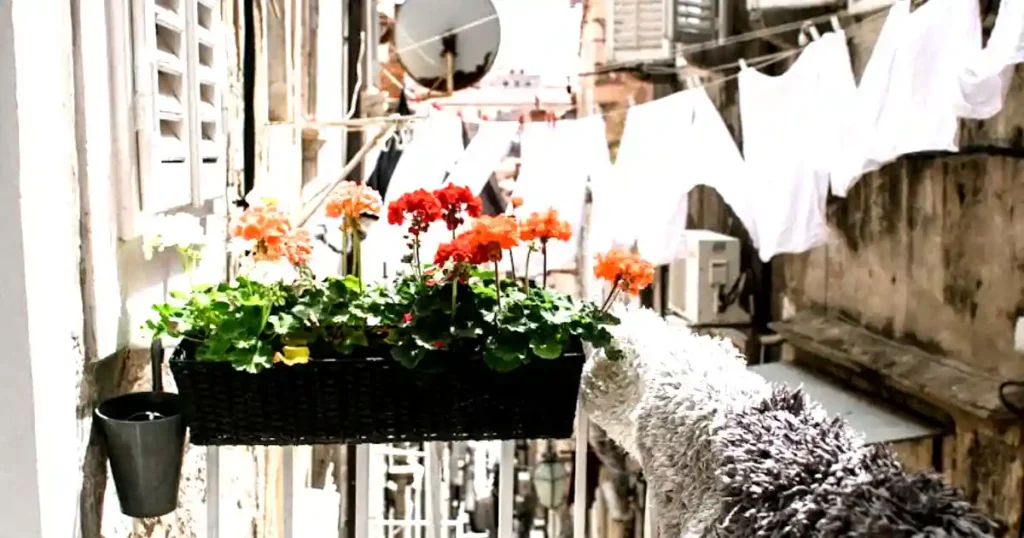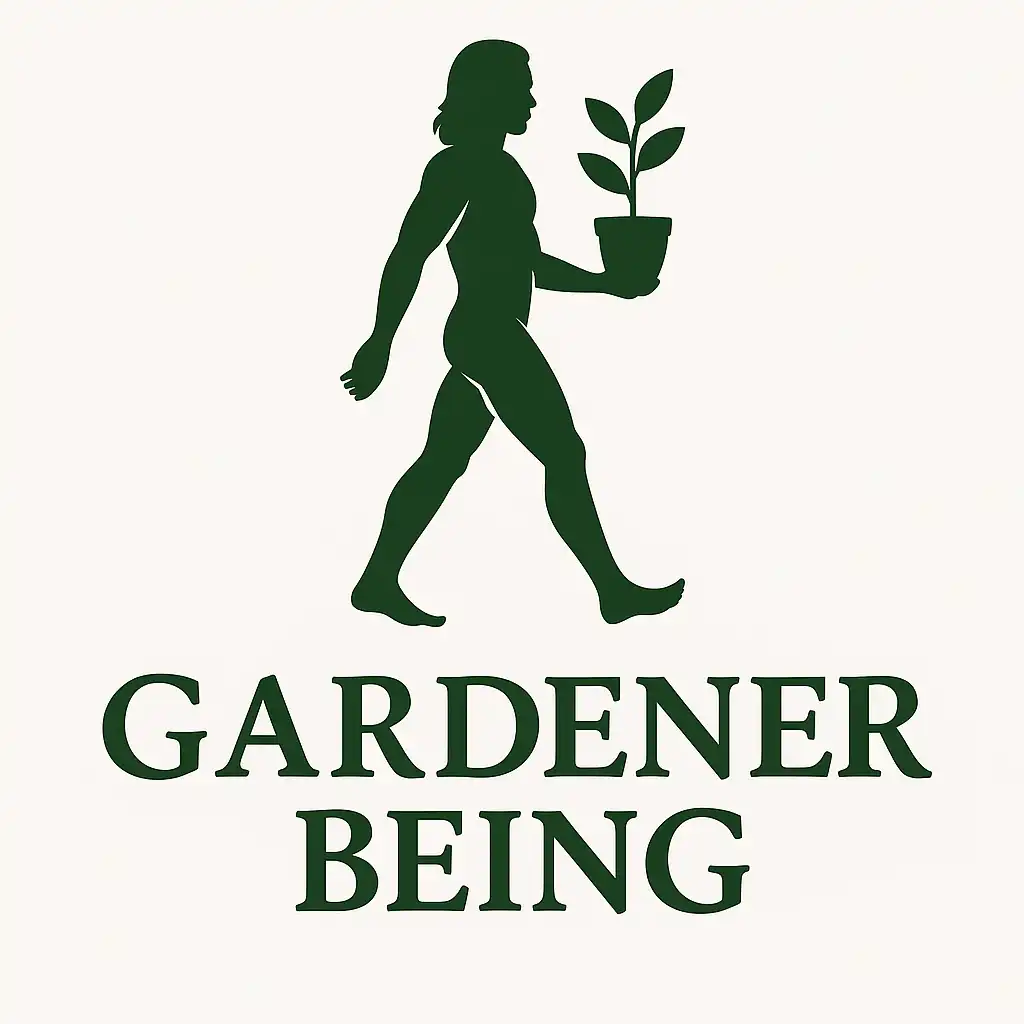Dreaming of fresh, homegrown produce but short on space? Balcony vegetable gardening is the perfect solution for urban dwellers and anyone with limited outdoor areas. With the right containers, soil, and plant choices, you can enjoy a thriving edible garden right outside your door. This guide covers the best vegetables and herbs for balconies, container tips, and expert advice for a bountiful harvest.
How to Choose the Right Containers for Balcony Gardening

Container selection is crucial for healthy, productive balcony gardens. Not only do containers determine how much you can grow, but they also impact plant health and sustainability.
Repurposed and Sustainable Pots
- Repurpose containers to reduce waste—look for pre-loved pots on local community pages, online marketplaces, or during neighborhood cleanups.
- Thoroughly clean any used pots with a mild bleach solution to remove pests and diseases.
Essential Container Features
- Ensure all containers have adequate drainage holes to prevent waterlogging and root rot.
- Choose pots sized appropriately for your chosen crops—deeper pots for root vegetables, wider ones for leafy greens.
Preparing the Perfect Potting Mix
Healthy soil is the foundation of a productive balcony garden. Since container plants rely entirely on the soil you provide, invest in quality and nutrition.
Potting Mix Essentials
- Use a premium, organic potting mix designed for vegetables and herbs.
- Look for mixes with good drainage and water retention properties.
Enriching the Soil
- Mix in a couple of scoops of compost for nutrients and improved soil structure.
- Add a scoop of well-rotted cow manure and worm castings for extra fertility.
- Blend thoroughly before filling your containers.
Expert Tip: “Container gardens need regular replenishment of nutrients. Organic matter like compost and worm castings not only feed your plants but also support beneficial soil microbes.” – Royal Horticultural Society
Top Vegetables and Herbs for Balcony Gardens

Choose crops that thrive in containers and offer high yields in small spaces. Here are the best options for beginners and seasoned gardeners alike:
Flavorful Herbs
- Parsley, coriander, and dill: Annual leafy herbs that flourish in pots, especially with morning sun. Harvest regularly to encourage new growth.
- Thyme, oregano, and chives: Hardy perennials that provide fresh flavor year-round. These herbs are low-maintenance and ideal for continuous harvesting.
Herbs like dill add zest to salads and savory dishes, while parsley and coriander are versatile kitchen staples. Place pots near your kitchen for easy access.
Easy-to-Grow Lettuce
- Loose-leaf varieties such as Oak Leaf and Red Oak are perfect for containers. Harvest outer leaves as needed and sow new seeds every few weeks for a continuous supply.
Pro Tip: Start a follow-up crop when your current lettuce is half-grown to ensure you never run out of fresh greens.
Reliable Silverbeet (Swiss Chard)
- Silverbeet thrives in full sun but tolerates partial shade. Use a pot at least 30 cm deep to accommodate its long roots.
- Plant one or two seedlings per pot—they’ll quickly fill out the space.
Space-Saving Sweet Potatoes
- Sweet potatoes grow well in large containers. Their edible foliage is nutritious and can be used in stir-fries or steamed.
- Allow vines to trail or train them up a trellis to maximize space.
Dwarf Cherry Tomatoes
- Compact varieties like ‘Tom Thumb’ are ideal for pots (minimum 40 cm diameter). They need consistent moisture and feeding for best results.
- Pair with basil for companion planting benefits and flavor.
Supporting Plant Growth on Your Balcony

Providing Structure and Support
- Use simple wire cages or trellises to support tomatoes, cucumbers, zucchinis, snow peas, and beans.
- Opt for a structure with 10 cm (100 mm) squares—big enough for easy access but sturdy for plant support.
Conserving Moisture
- Apply a light layer of organic mulch (such as straw or sugarcane) to retain soil moisture and prevent roots from drying out.
Regular Feeding
- Feed your balcony crops with a liquid fertilizer every 1–2 weeks during the growing season.
- Consistency is key—think of it as plant parenthood!
Expert Insight: “Container-grown vegetables need more frequent feeding than those in the ground, as nutrients leach out with watering.” – Gardener’s Supply Company
Maintaining Your Balcony Vegetable Garden
Location and Daily Care
- Place containers near your kitchen or back door for convenience and to remind you to water and harvest regularly.
- Monitor soil moisture—containers dry out faster than garden beds, especially in warm weather.
Self-Watering Solutions
- Self-watering pots are ideal for busy lifestyles or frequent travelers. They help maintain consistent moisture and reduce watering frequency.
- Consider adding a water reservoir or using wicking systems for low-maintenance care.
Expert Quote: “Self-watering containers can make urban gardening accessible and successful, even for beginners.” – Better Homes & Gardens
Conclusion: Start Your Balcony Garden Today
With the right approach, anyone can enjoy the benefits of balcony vegetable gardening. Choose suitable containers, enrich your soil, select productive crops, and provide regular care. Share your balcony garden success on social media and inspire others to grow their own food—even in the smallest spaces!
